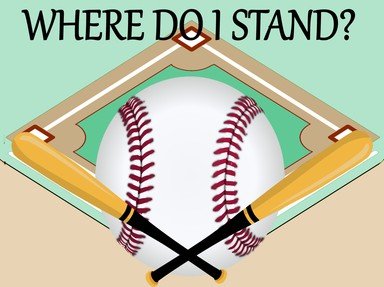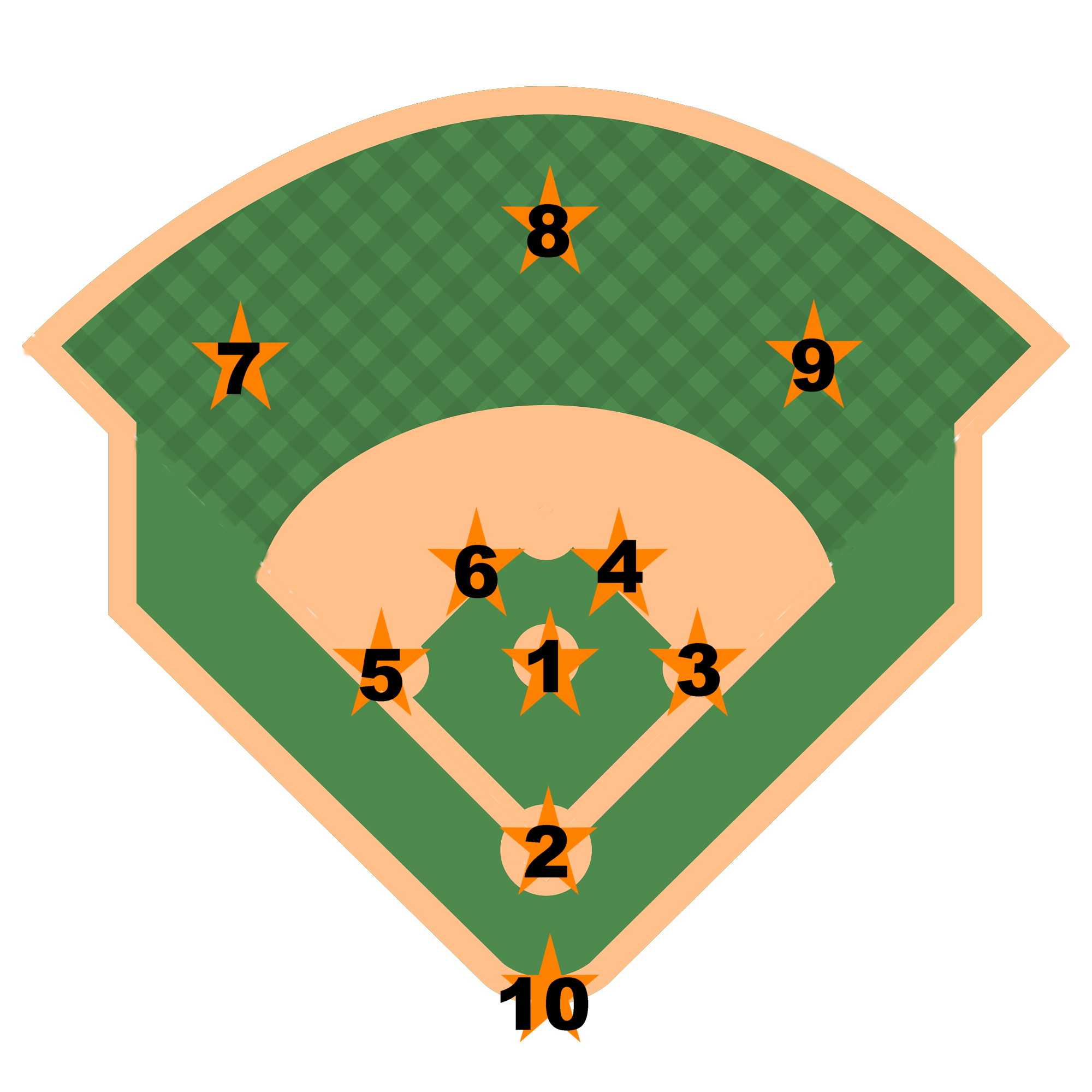
Where Do I Stand? Trivia Quiz
Although hitters get a lot of the prestige in baseball games, defence is a very important part of winning them. Do you know where all the players stand on the field? Take this quiz and see how many you know.
A label quiz
by Midget40.
Estimated time: 3 mins.
